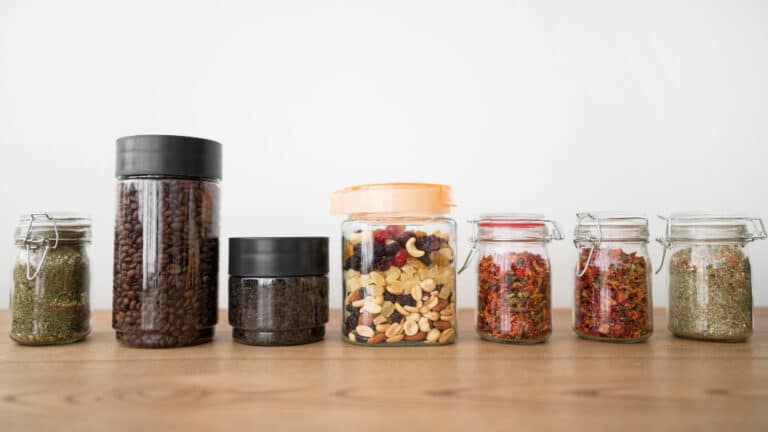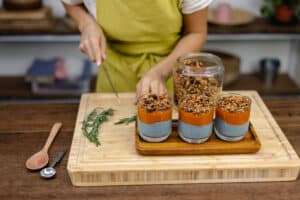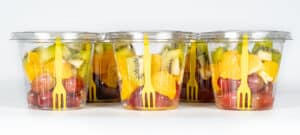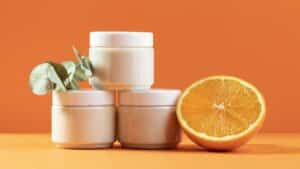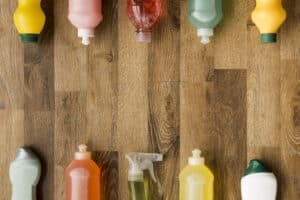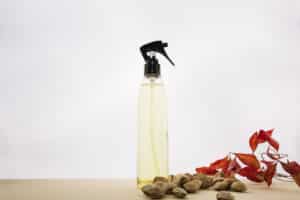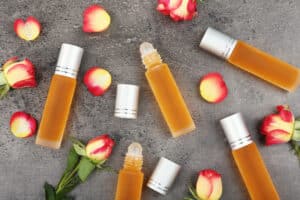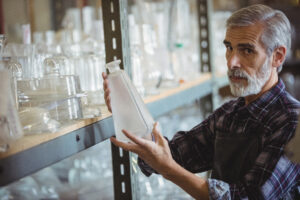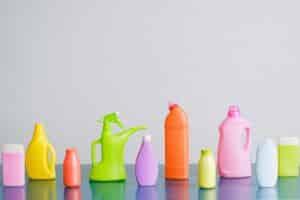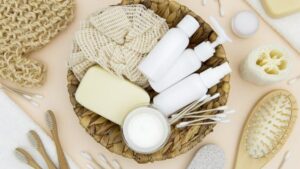Are you a business owner searching for a cost-effective and practical solution to store and package your food products? Look no further than buying bulk plastic jars. Plastic jars offer durability, versatility, and a myriad of options to meet your specific business needs. In this article, we will explore the benefits of using plastic jars as food product containers and provide essential guidance on purchasing them in bulk. Let’s dive in!
Table of contents
- Why Buy Bulk Plastic Jars
- Key Factors to Consider When Purchasing Bulk Plastic Jars
- Finding the Right Supplier
- Tips for Successful Bulk Plastic Jar Purchasing
- Packaging and Labeling Regulations for Food Products
- Maintaining Product Quality and Shelf Life
- Innovations and Trends in Bulk Plastic Jar Packaging
- Conclusion
- FAQs
Why Buy Bulk Plastic Jars
Before delving into the advantages of bulk plastic jars for your business, it’s essential to understand their characteristics. Bulk plastic jars come in various shapes and sizes, ensuring compatibility with different food products. From spices and condiments to sauces and snacks, these jars can accommodate various types of items. Thanks to their lightweight and shatter-resistant nature, plastic jars offer practicality without compromising safety or functionality.
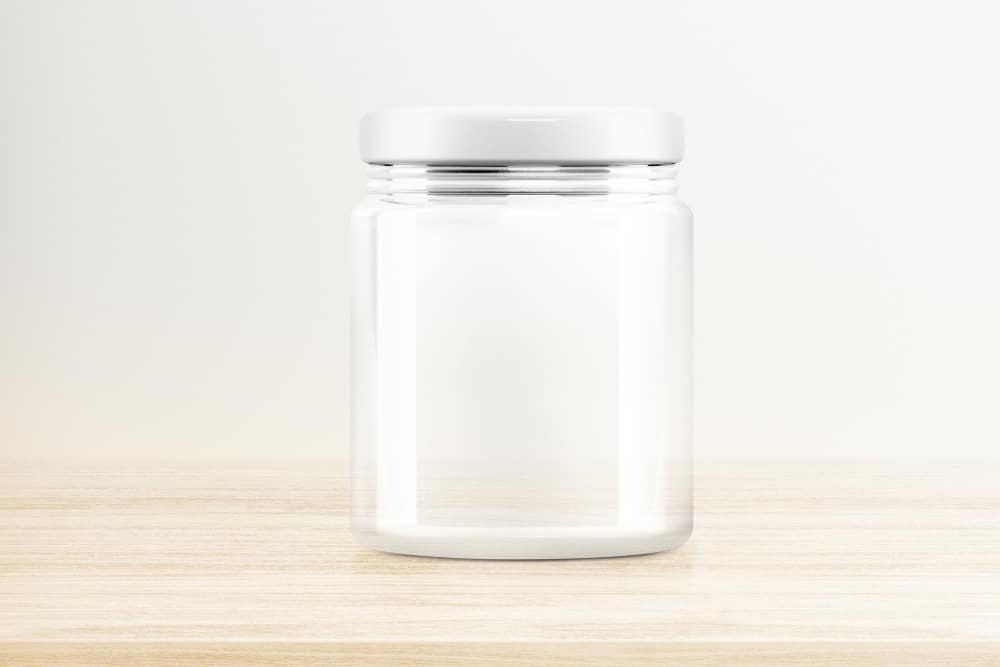
Quality is vital when considering plastic jars for food storage. Opt for jars made from food-grade plastic materials that are free from harmful chemicals and toxins. The material should be suitable for your specific food products and adhere to relevant health and safety regulations. Additionally, ensure your chosen plastic jars come with secure and tight-sealing lids to maintain product freshness and prevent contamination.
Key Factors to Consider When Purchasing Bulk Plastic Jars
When it comes to buying bulk plastic jars, several key factors require careful consideration. Start by examining your business’s purpose and requirements. Evaluate the product volume you need to store and the available storage space. This assessment will help you determine the appropriate jar sizes and quantities necessary.
While considering the cost-effectiveness of bulk plastic jars, it’s crucial not to compromise on quality. Evaluate the durability of the jars to ensure they can withstand transportation and handling without leaking or breaking. Investing in higher-quality plastic jars might be slightly more expensive initially but could save you money in the long run by reducing product wastage and the need for frequent replacement.
Finding the Right Supplier
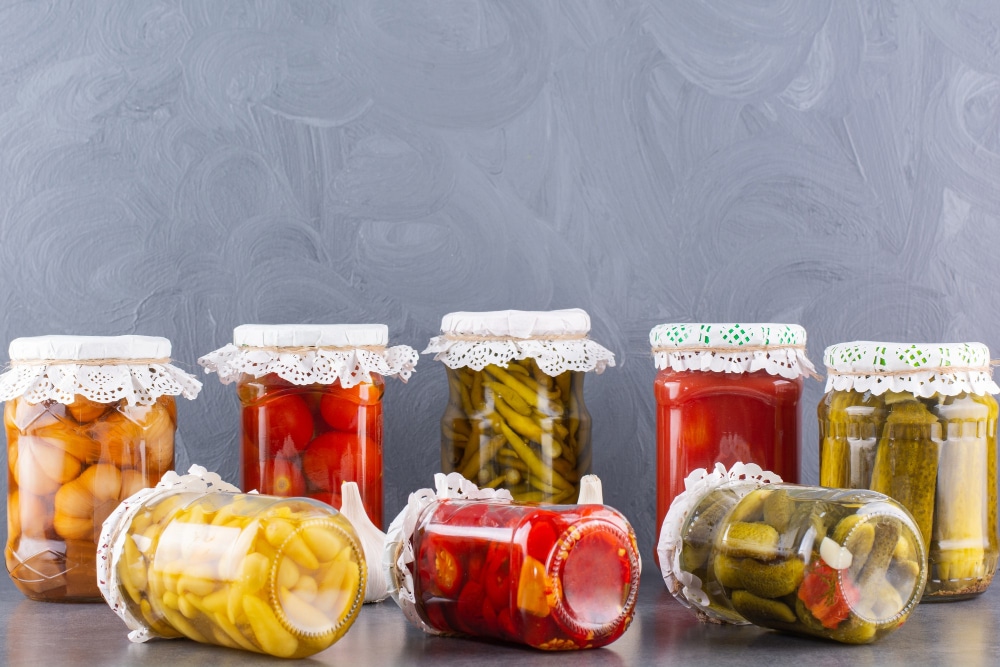
Choosing a reliable supplier is pivotal to guaranteeing the quality and availability of your bulk plastic jars. Start your search by researching reputable suppliers in your industry. Seek recommendations from other businesses and read online reviews to get an idea of their reputation and customer satisfaction.
Once you have compiled a list of potential suppliers, evaluate their product offerings. They should have a diverse range of plastic jar sizes and shapes to accommodate your specific needs. Consider the available customization options as well, allowing you to brand the containers with your logo and relevant product information.
While cost is an important consideration, it’s advisable to negotiate contracts and compare prices to find the best overall value. Keep in mind that the lowest price might not always guarantee the best quality. Focus on striking a balance between quality, affordability, and supplier reliability.
Tips for Successful Bulk Plastic Jar Purchasing
To make the most of your bulk plastic jar purchase, consider the following tips:
- Estimate product quantity and storage space: Before ordering, accurately estimate the quantity of jars you need and ensure you have sufficient storage space to accommodate them.
- Customization options and branding opportunities: Leverage the opportunity to customize your plastic jars by adding your logo and relevant product information. This not only creates brand awareness but also enhances the overall product aesthetics.
- Maintaining inventory and reordering strategies: Implement effective inventory management systems to prevent stockouts and avoid unnecessary delays in replenishment.
Packaging and Labeling Regulations for Food Products
When using plastic jars for food products, it’s essential to ensure compliance with packaging and labeling regulations. The Food and Drug Administration (FDA) provides guidelines for food packaging to ensure the safety and integrity of products. Familiarize yourself with these guidelines to avoid any violations and potential legal consequences.
Apart from meeting legal requirements, clear and accurate product information on labels builds trust with consumers. Include ingredients, nutrition facts, allergen information, and any necessary warnings. Transparent and informative packaging can positively impact consumer perception and loyalty.
Maintaining Product Quality and Shelf Life
Keeping your product fresh and maintaining its quality is essential for customer satisfaction. Proper storage and handling techniques play a crucial role in achieving this. Store bulk plastic jars in a clean and dry environment, away from direct sunlight or extreme temperatures. Follow any specific storage instructions provided by the jar manufacturer to maximize product freshness.
Several factors, such as product formulation, packaging, and environmental conditions, can impact the shelf life of your food products. Regularly monitor your inventory and conduct quality checks to ensure that your products are safe for consumption and meet your customers’ expectations.
Innovations and Trends in Bulk Plastic Jar Packaging
The packaging industry constantly evolves, introducing innovative materials and designs. Stay up to date with the latest trends to remain competitive. As consumer preferences shift towards convenience and sustainability, consider adopting new packaging materials or designs that align with these changing demands. Think beyond functionality and strive to create packaging that stands out on the shelves, grabs consumers’ attention, and enhances their overall experience.
Conclusion
Bulk plastic jars offer businesses an excellent option for storing and packaging food products efficiently. Consider your business’s specific needs, evaluate suppliers carefully, and ensure compliance with packaging and labeling regulations. By making informed decisions and focusing on maintaining quality and sustainability, your business can benefit from the cost-effectiveness and practicality of bulk plastic jars.
FAQs
1. What are the benefits of plastic jar packaging?
Plastic jar packaging offers several benefits. Firstly, it is lightweight and durable, reducing transportation costs and environmental impact. Secondly, it provides excellent product visibility, allowing consumers to see the content easily. Additionally, plastic jars are often more affordable than alternatives, making them a cost-effective packaging solution. They also offer versatility, accommodating various shapes and sizes.
The material is resistant to breakage, enhancing product protection during handling and shipping. Moreover, plastic is known for its moisture barrier properties, maintaining product freshness. Lastly, plastic jars are customizable, enabling brands to create eye-catching designs and differentiate their products on the shelf.
2. Can a jar be made of plastic?
Yes, jars can be made of plastic. Plastic jars are a common and versatile packaging option. They are lightweight, durable, and cost-effective. Plastic jars come in various sizes and shapes, catering to different packaging needs. The material is suitable for a wide range of products, offering benefits such as transparency for easy visibility, resistance to breakage, and the ability to customize designs.
Plastic jars are commonly used for food, personal care products, and household items. They contribute to cost-efficient packaging solutions while providing practicality and functionality for both consumers and manufacturers.
3. How are bulk plastic jars manufactured?
Plastic jars are typically manufactured through a process called injection molding. This involves melting plastic resin pellets and injecting the molten material into a mold cavity. The mold, shaped like the desired jar, is then cooled to solidify the plastic, creating the final product. This process allows for the mass production of uniform and precise plastic jars.
After molding, the jars may undergo additional processes such as trimming, decoration, and quality control inspections before being ready for packaging. Injection molding offers efficiency, consistency, and scalability in producing plastic jars, making it a widely used method in the manufacturing industry.
4. Which plastic is used for making bottles and jars?
Polyethylene terephthalate (PET) is commonly used for making bottles and jars. PET is a clear, lightweight, and durable plastic that provides excellent barrier properties against moisture and gases, preserving the freshness of the contents. It is widely used in the beverage industry for water, soda, and other liquid products. Additionally, high-density polyethylene (HDPE) is another prevalent plastic for bottles and jars. HDPE is known for its strength, resistance to chemicals, and recyclability. It is often used for packaging products such as detergents, shampoos, and pharmaceuticals. Both PET and HDPE are popular choices due to their versatility, safety, and recyclability.

